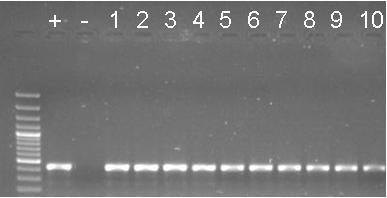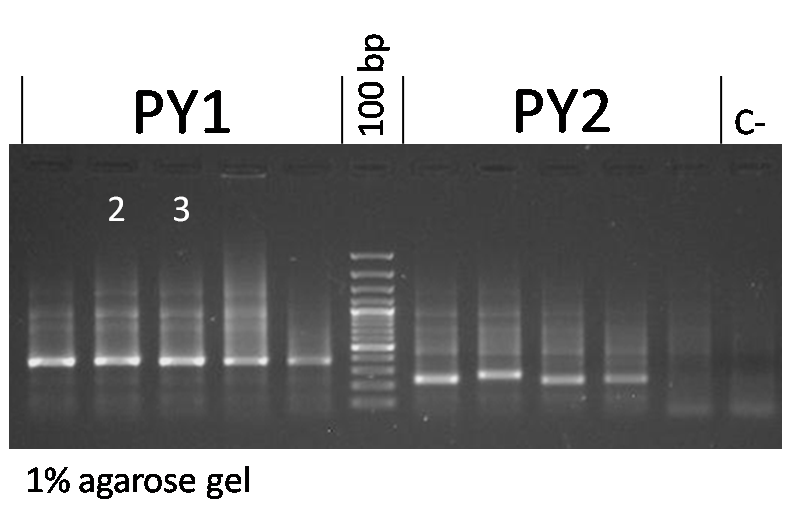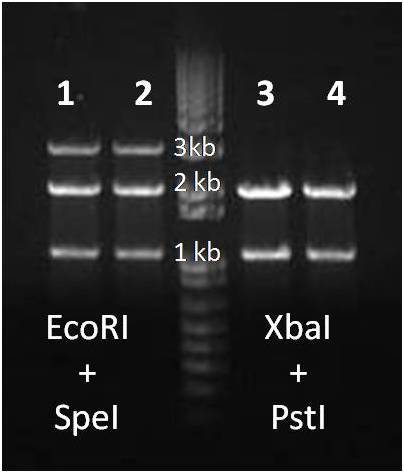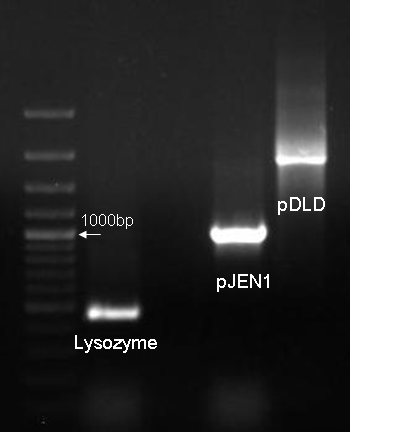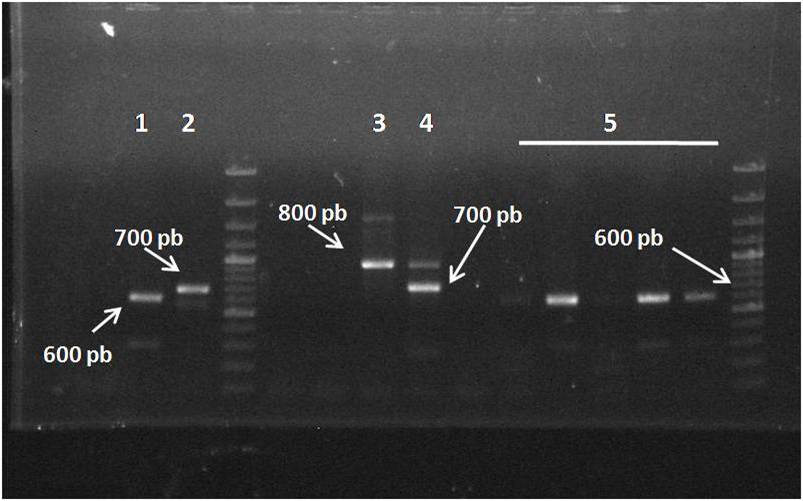Team:UNICAMP-Brazil/Notebooks/October 5
From 2009.igem.org
(→CeaB and CeiB: pGEM cloning strategy) |
(→New Strategy: pGEM) |
||
| Line 58: | Line 58: | ||
====[https://2009.igem.org/Team:UNICAMP-Brazil/Protocols/pGEMStrategy New Strategy: pGEM]==== | ====[https://2009.igem.org/Team:UNICAMP-Brazil/Protocols/pGEMStrategy New Strategy: pGEM]==== | ||
| - | * We digested the biofusion vector with two combinations of enzymes: ''EcoR''I and ''Spe''I; ''Xba''I and ''Pst''I to use in the new strategy ( [https://2009.igem.org/Team:UNICAMP-Brazil/Protocols/Restriction_reaction Protocol 14] | + | * We digested the biofusion vector with two combinations of enzymes: ''EcoR''I and ''Spe''I; ''Xba''I and ''Pst''I to use in the new strategy ( [https://2009.igem.org/Team:UNICAMP-Brazil/Protocols/Restriction_reaction Protocol 14]).</p> |
[[Image:EcoR1Spel.jpg|150px|center]] | [[Image:EcoR1Spel.jpg|150px|center]] | ||
Revision as of 03:49, 22 October 2009
| ||||||||||||||||||||||||||||||||||
 "
"









